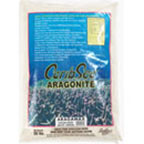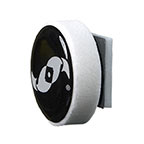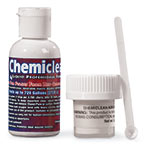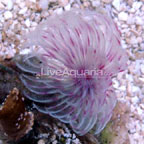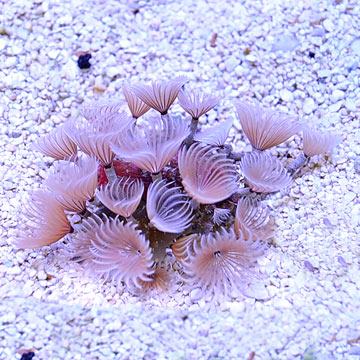
Additional locales and sizes may be available!
Additional locales and sizes may be available! Email me when availableQuick Stats
What do these Quick Stats mean? Click here for more information
What do these Quick Stats mean? Click here for more information
Overview
The Cluster Dusters were first described by scientists in 1820. They grow as a mass of individual small tubeworms, sometimes totaling over 100 in a single clump. Their parchment-like tubes will adhere to bits of rock. This helps to anchor the clump, which will usually be found in a shaded area of the reef.
In the reef aquarium, they will require space under an overhanging rock or coral, with a gentle current delivering their planktonic meals. Since they need plankton in their diet, they will do best in a mature reef aquarium. Their combined mass of colorful radioles will filter out the available floating plankton, but can also be withdrawn into the parchment tubes if alarmed, and they are easily alarmed. If they become continually frightened or subjected to poor water quality, they may discard their radioles (fan tentacles). They will be re-grown only under proper conditions. Their mass of tubes are somewhat delicate, so care should be taken while transporting them. They should not be housed with predatory fish, serpent stars, urchins or any other invertebrate that may break them apart.
The diet should be supplemented with liquid plankton solutions.
Approximate Purchase Size: 1" to 2"



